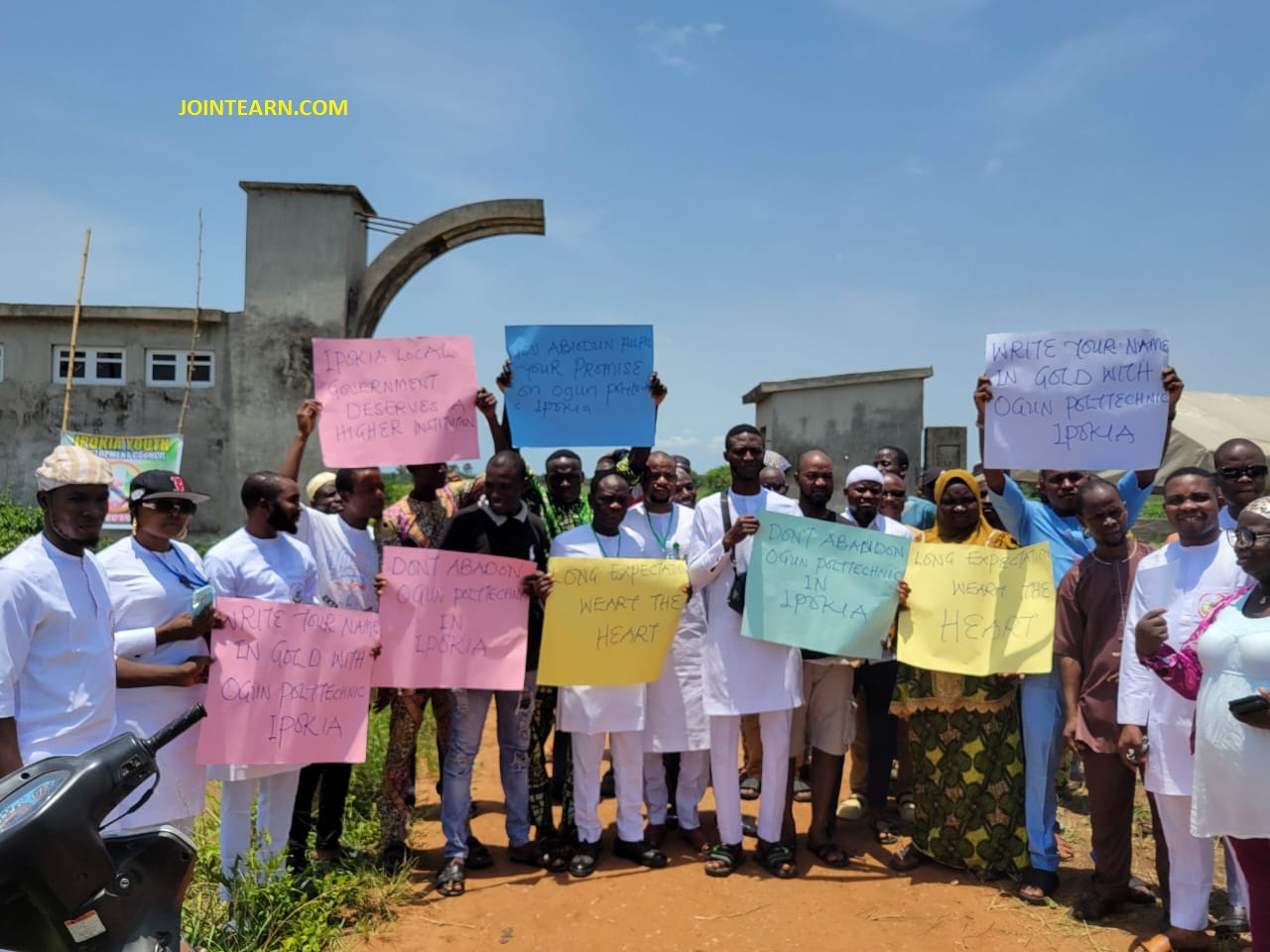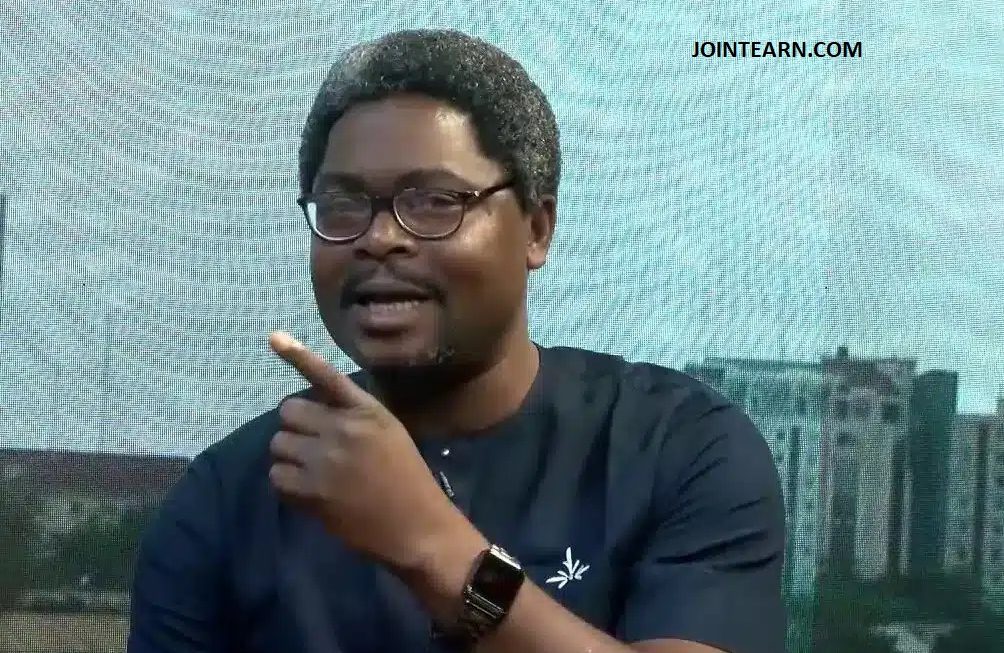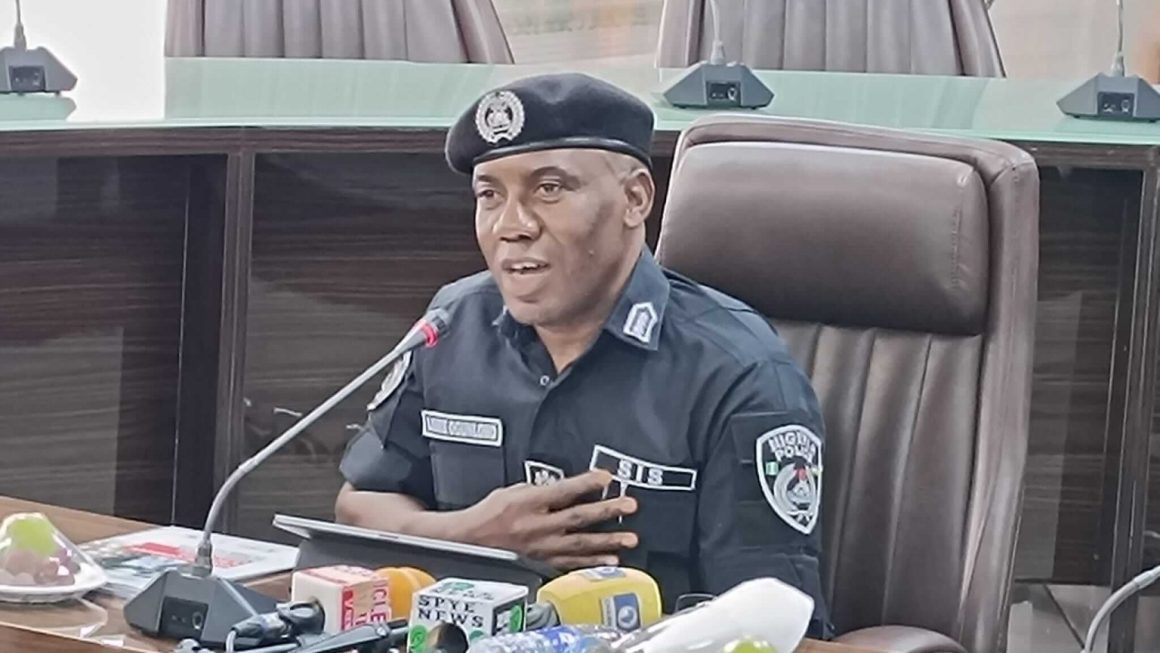In recent years, Ogun State has faced significant challenges in both its educational and agricultural sectors. The story of a polytechnic created by former Governor Ibikunle Amosun, which remains underutilized, and the failed MITROS rice project, highlight broader issues of project management and the impact of political decisions on local communities.
The Polytechnic Dilemma
The polytechnic, established during Amosun’s tenure, was intended to provide educational opportunities to local youths. However, it has not been fully operational, leaving many young people without access to higher learning opportunities. This situation reflects a broader challenge in balancing economic development with social needs, particularly in education.
Youths in the area are worried about the lack of progress in making the polytechnic functional. Many had seen the institution as a beacon of hope for accessing higher education without having to travel far from home. The current state of the polytechnic not only diminishes educational opportunities but also raises questions about the long-term vision for the region’s development.
A local youth leader expressed his disappointment, saying, “We were excited when the polytechnic was built, thinking it would bring opportunities for us. Now, it seems like those dreams are being neglected. It’s disheartening.”
The MITROS Rice Project: A Failed Agricultural Initiative
In 2017, Amosun inaugurated the MITROS rice project with grand promises to revolutionize Ogun State’s agricultural landscape. The N4 billion initiative aimed to transform the state into a farming powerhouse, aligning with the Federal Government’s agricultural growth plan. However, six years later, the project lies in ruins, with two abandoned rice mills standing as stark reminders of unfulfilled potential1.
The project’s failure has left farmers in ruins, with many questioning the management and implementation of the initiative. Despite initial investments in land clearing, high-yielding seeds, and milling facilities, the project never achieved its intended goals. Critics accuse the government of mismanagement and corruption, suggesting that the project was more of a facade than a genuine effort to boost rice production1.
Economic and Agricultural Initiatives in Ogun State
Ogun State has been actively pursuing economic transformation through various initiatives, including the Ogun State Economic Transformation Project (OGSTEP). This project aims to boost agricultural productivity and food processing, among other sectors. However, such efforts must be balanced with the needs of local communities, particularly in terms of education and employment opportunities.
The state’s drive for agricultural transformation, including initiatives like the MITROS rice project, highlights the complexities of managing large-scale agricultural projects. While these efforts are commendable, they must be supported by effective management and transparency to ensure their success.
Amosun’s Legacy and Current Controversies
Senator Ibikunle Amosun, known for his contributions to Ogun State’s development, has recently been involved in controversy over project diversion allegations. He accused Senator Olamilekan Adeola of diverting funds meant for the Ake Pavilion project to a library project. This situation underscores the need for transparency in project management and the complexities of political dynamics in the state3.
Amosun’s legacy includes significant infrastructure developments and educational initiatives. However, the current situation with both the underutilized polytechnic and the failed MITROS rice project raises questions about the sustainability and impact of these projects on local communities.
Call for Balance and Sustainability
As Ogun State continues to evolve economically and agriculturally, it is crucial to strike a balance between different sectors. Education remains a vital component of any development strategy, and decisions affecting educational institutions should be made with careful consideration of their long-term implications.
Youths and community leaders are calling for a review of the situation with both the polytechnic and the MITROS rice project, advocating for a more inclusive approach that considers the educational and agricultural needs of the community alongside economic development goals.
Conclusion
The underutilization of a polytechnic and the failure of the MITROS rice project reflect broader challenges in balancing economic development with social needs in Ogun State. As the state moves forward with ambitious projects like OGSTEP and agricultural transformation initiatives, it must ensure that these efforts complement, rather than undermine, critical sectors like education. The voices of local youths and communities must be heard and integrated into decision-making processes to ensure sustainable and equitable development.












